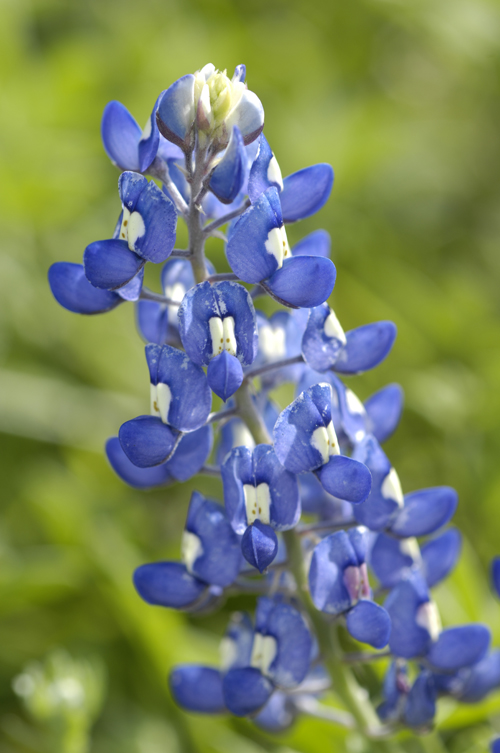It’s often hard to visualize the tiny anatomical structures on these small creatures. With proper tools and techniques, exceptionally good detail may be revealed, even on the smallest of ants, if a photographer diligently practices an often overlooked, non-technical skill — patience.
Ants are small indeed, and fast. At macro magnifications it’s difficult and often impossible to chase living specimens with a lens and to expect a quality outcome. Like experienced wild game hunters, it’s best to let the subject come to the lens. To chase the insects, you must try to hit a moving target with a moving camera and that procedure introduces unwanted image degradation into the equation.
In the image below, this Acrobat ant (Crematogaster sp.) was reproduced at a sensor magnification of 2.0X with the use of a macro lens on a bellows. A 105 mm macro lens was selected to provide excellent resolution and adequate working distance between the subject and the front of the lens. This procedure precludes shadows of the lens barrel on the subject area and allows sufficient room for electronic flash.
My method is to isolate several ant subjects on a small mound of clean pebbles surrounded by a moat of water as illustrated in the bottom image below. If assembled carefully, the ants will remain within a small area. That confining stage can be set up in a petri dish or other suitable shallow dish. The pebbles may be contained in a bottle cap or something similar. The trick is to bring the level of the water to the lip of the cap so the ants don’t run all over the place and off the gravel mound.
After a while you can notice the ants establish a trail and may follow each other around and over the pebbles. The trick now is to select a preferred spot, pre-focus and wait. Shoot the picture with a suitable shutter speed of 1/150 to 1/250 second and with electronic flash providing some motion-stopping assistance and acceptable depth of field. This procedure requires considerable patience and persistence to achieve good results. Don’t worry if your first attempts contain only the south end of north-bound ants, or worse, just a leg or antennae. Stick with it. Good results will follow.
So when you become frustrated, remember Brian’s 7-P rule of nature photography: Prior planning, patience and persistence pays in prime performance!
Nikon D2Xs, PB-4 bellows on tripod with 105 mm F 4.0 Macro lens, SB-800 flash and diffuser.
© Copyright 2011 Brian Loflin. All rights reserved.











